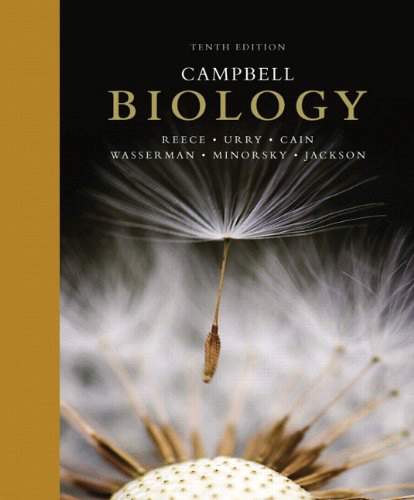Connecting...

This is a quick preview of the lesson. For full access, please Log In or Sign up.
For more information, please see full course syllabus of Biology
For more information, please see full course syllabus of Biology
Biology Evolution
Lecture Description
In this lesson, our instructor Bryan Cardella gives an introduction on evolution. He discusses the scientists behind the theory of evolution, Darwin's voyage, and natural selection summary. He then goes on to explain the evidence for evolution, patterns of evolution, gradualism vs. puncated equilibrium, modes of selection, sexual selection, natural selection, reproductive isolation, speciation, adaptive radiation, Hardy-Weinberg Theorem, and microevolution.
Bookmark & Share
Embed
Share this knowledge with your friends!
Copy & Paste this embed code into your website’s HTML
Please ensure that your website editor is in text mode when you paste the code.(In Wordpress, the mode button is on the top right corner.)
×
Since this lesson is not free, only the preview will appear on your website.
- - Allow users to view the embedded video in full-size.
Next Lecture
Previous Lecture










































 Answer Engine
Answer Engine

0 answers
Post by Jane Lou on January 21, 2019
thank u
0 answers
Post by Bryan Cardella on December 28, 2018
NOTE: Just to clarify - saying that "evolution takes a long time to occur" is true when talking about macroevolution (and speciation.) BUT microevolution, the changes that occur in allele frequencies from one generation to the next, happens quickly. There are gradual changes that must occur on a small scale to get to the big changes on a geological history-level scale.
2 answers
Mon Jun 29, 2015 3:16 PM
Post by Hossain Khondaker on June 28, 2015
is it wrong to disagree with the theory of evolution??
0 answers
Post by Shahram Ahmadi N. Emran on June 21, 2015
I wish you were my ap biology instructor on educator.com.
1 answer
Mon Jun 22, 2015 11:18 AM
Post by Shahram Ahmadi N. Emran on June 21, 2015
thanks
1 answer
Sun Oct 19, 2014 2:24 PM
Post by Abuk Chol on October 19, 2014
why does it takes so long to load?
1 answer
Sun Jun 15, 2014 12:14 PM
Post by David Saver on June 14, 2014
How did the DNA coding system arise without it being created?
How does a Genetic INFORMATION system arise by itself?
What kind of information writes itself??????
1 answer
Sun Jun 15, 2014 12:05 PM
Post by David Saver on June 14, 2014
Ernst Haeckel was accused of FRAUD and intentional deception for these drawings.
The drawings contain errors intended to emphasize embryonic similarity and support recapitulation theory.